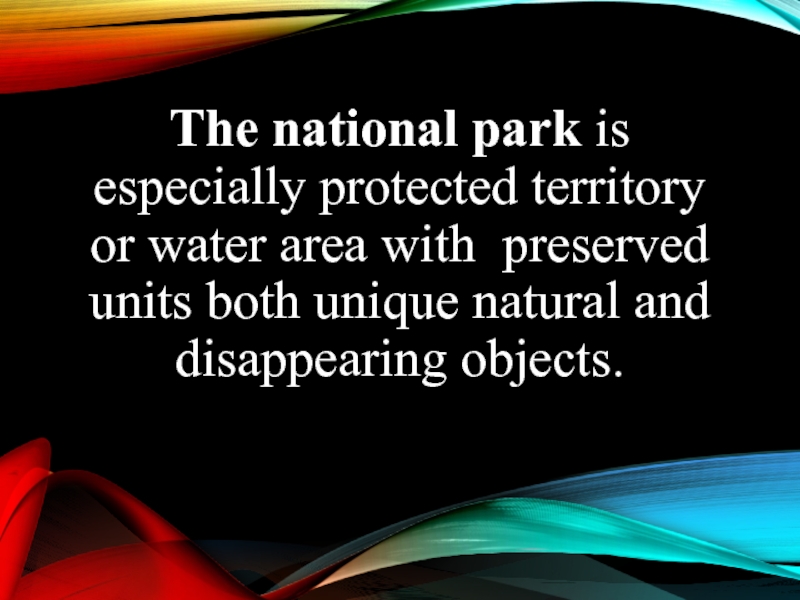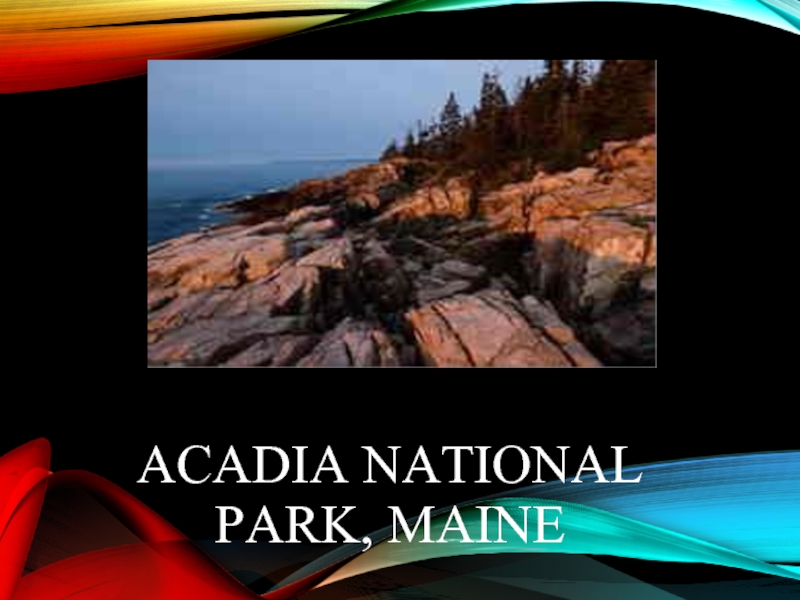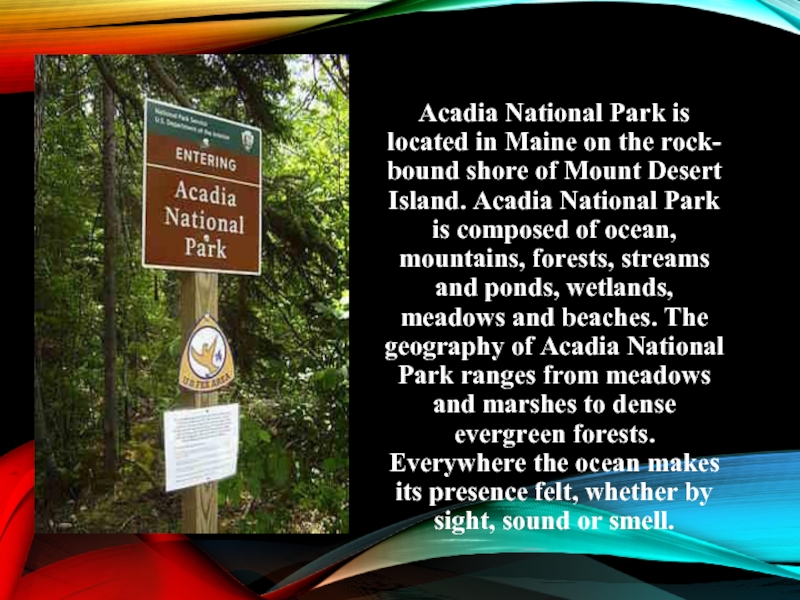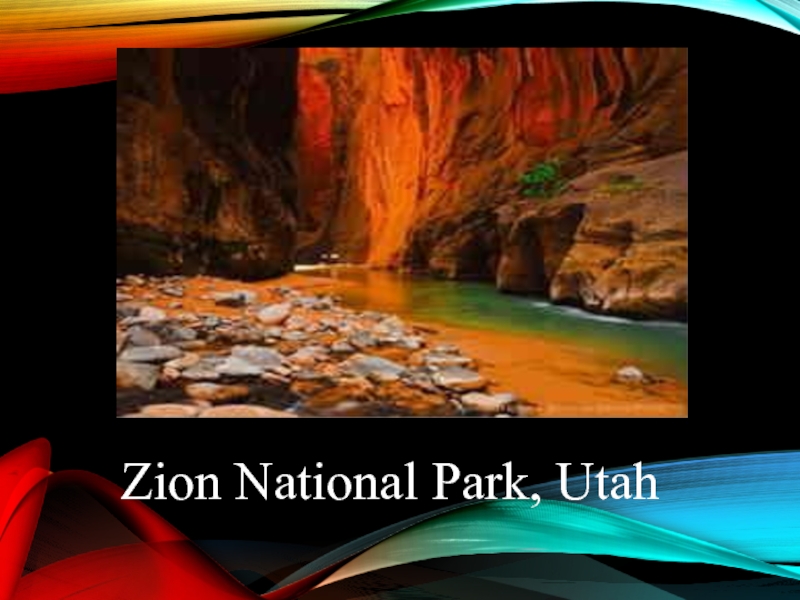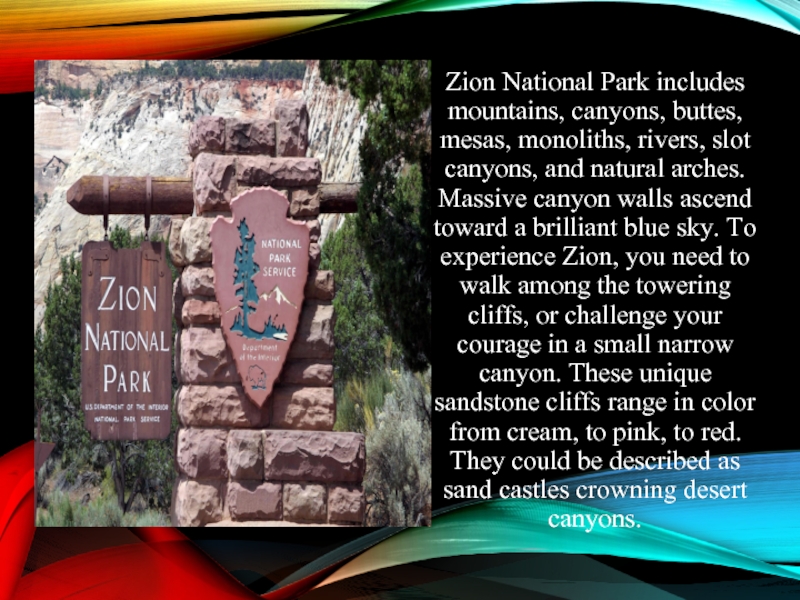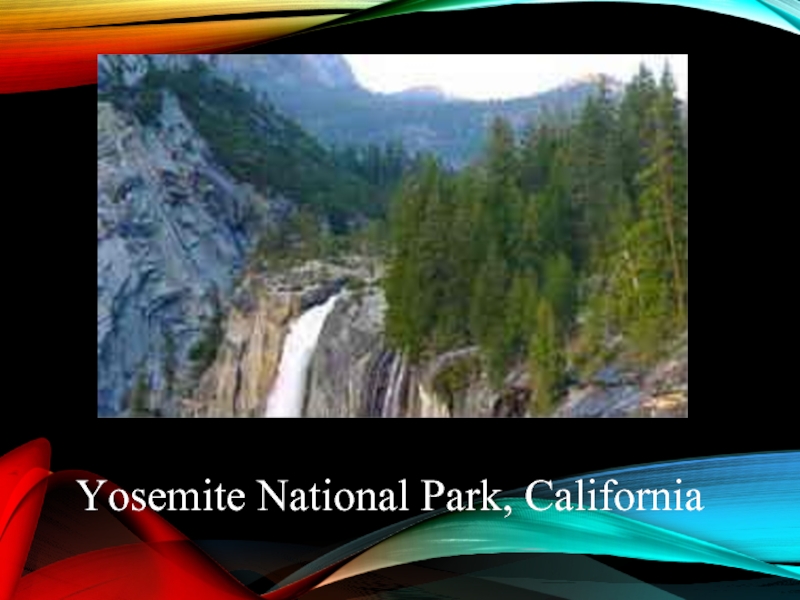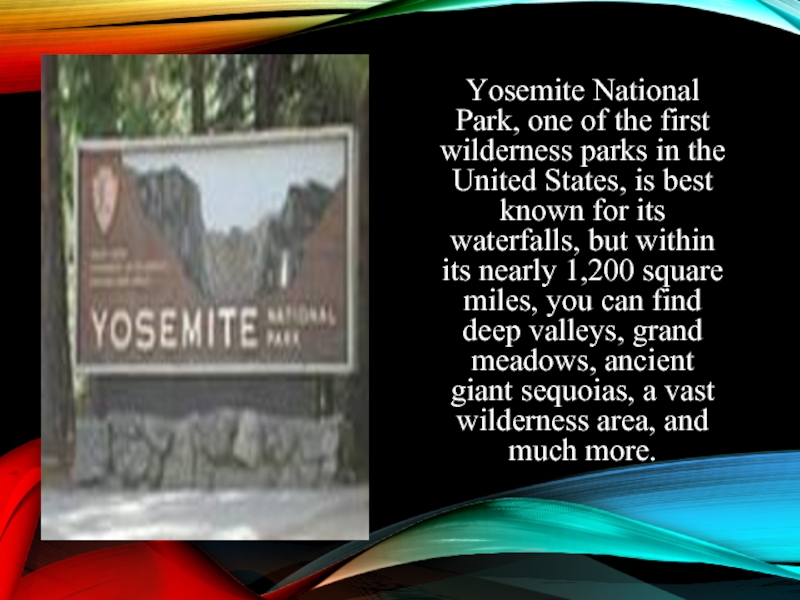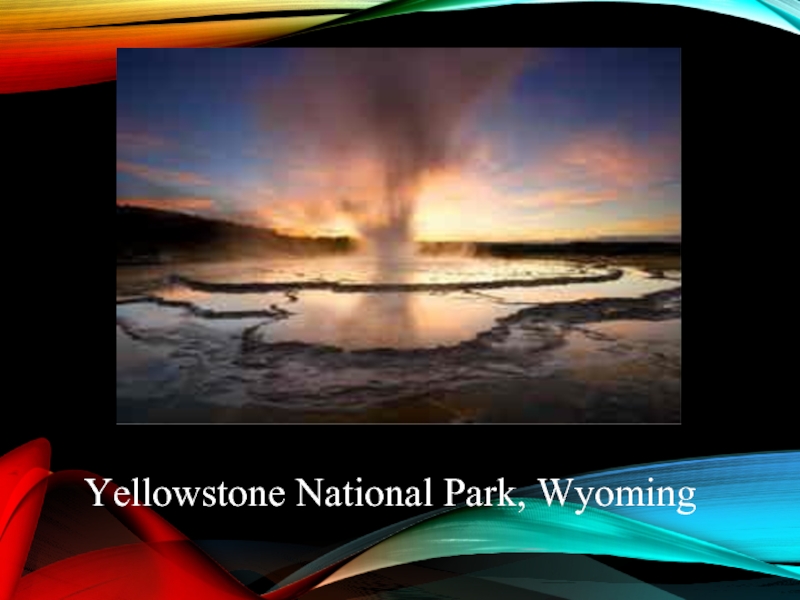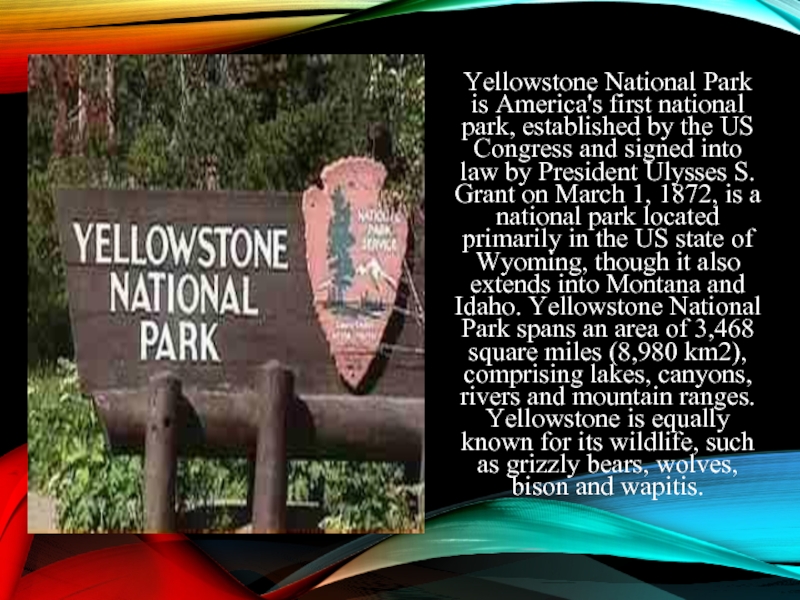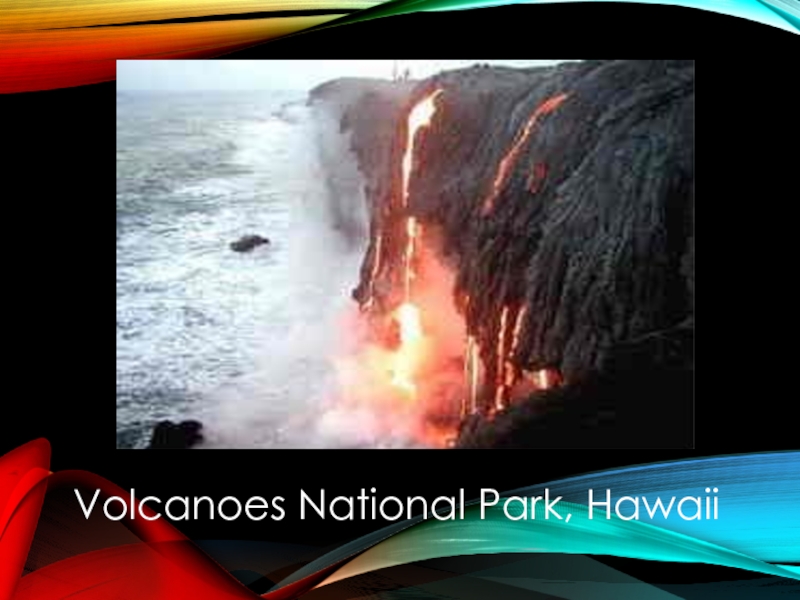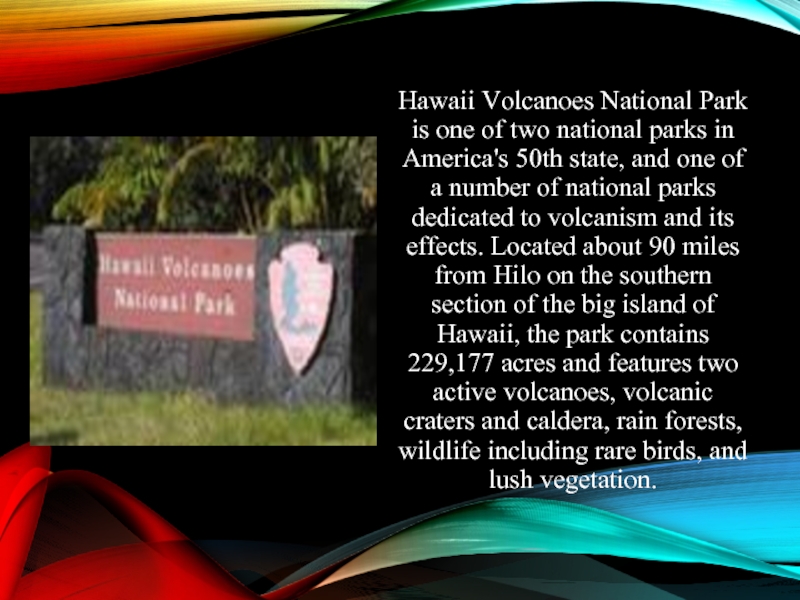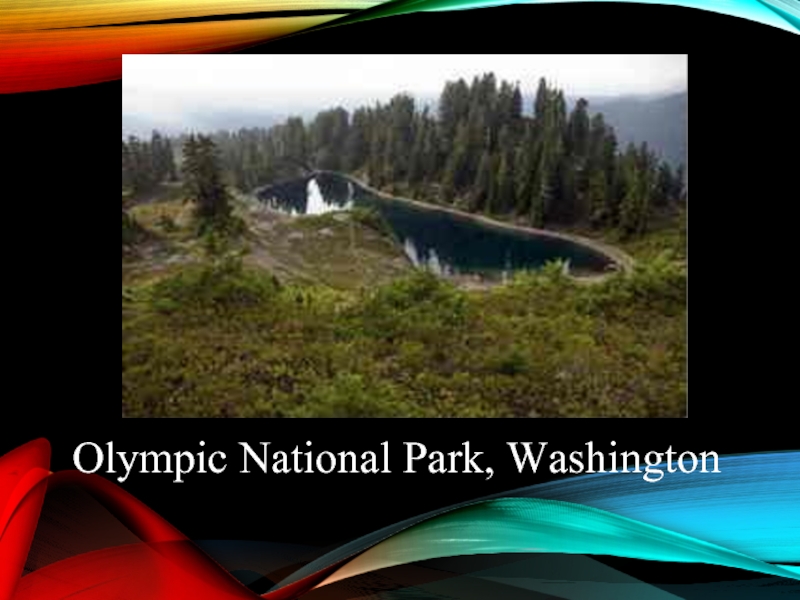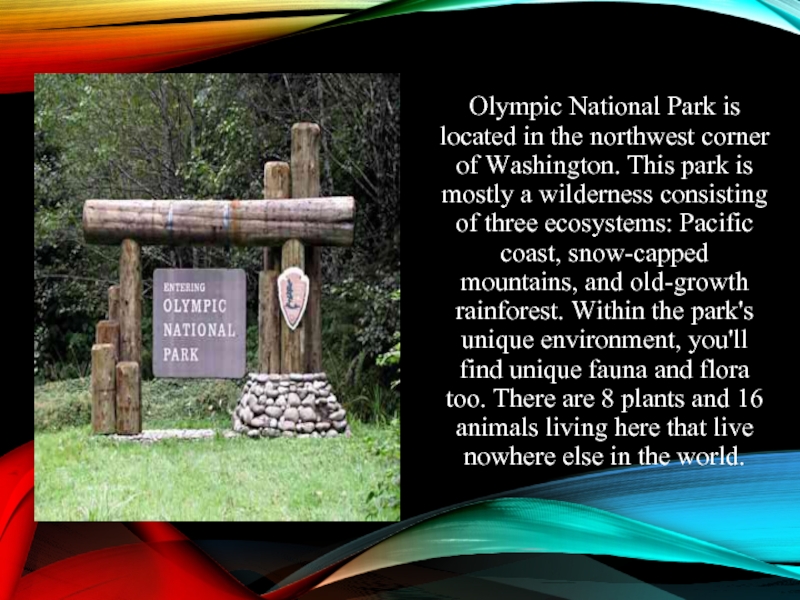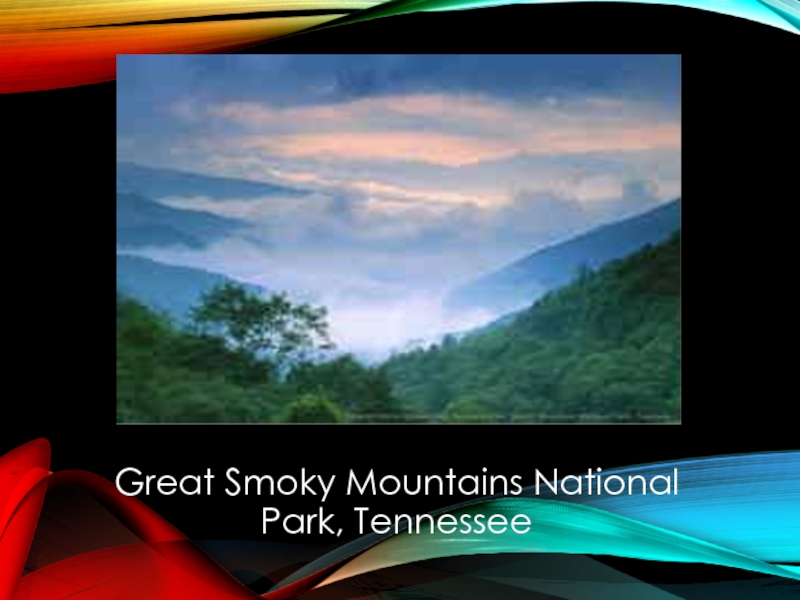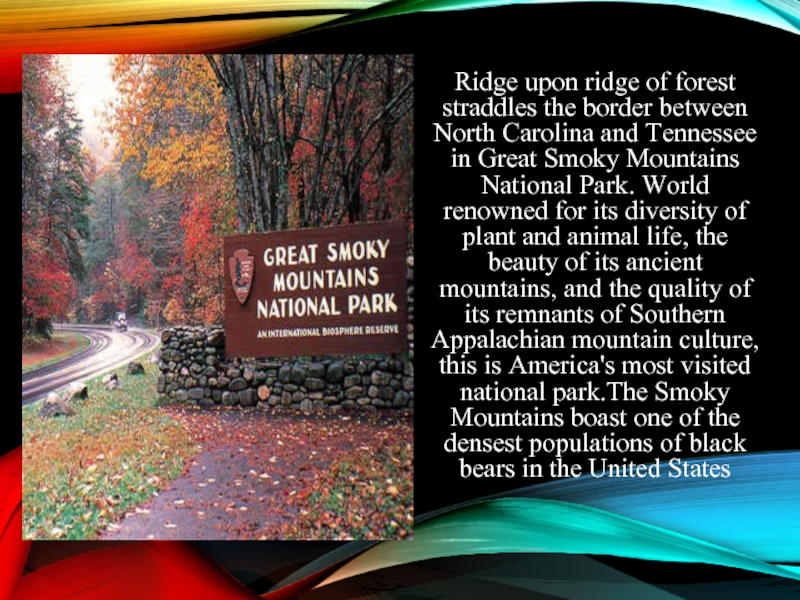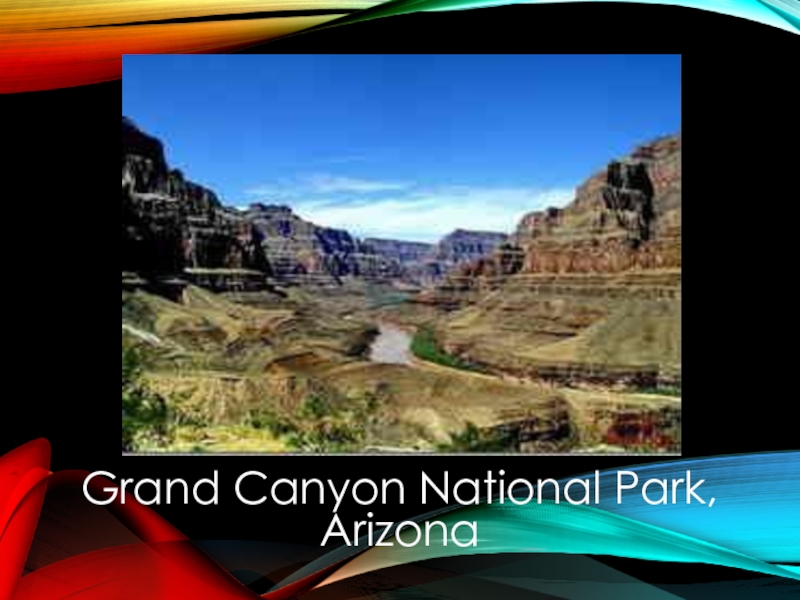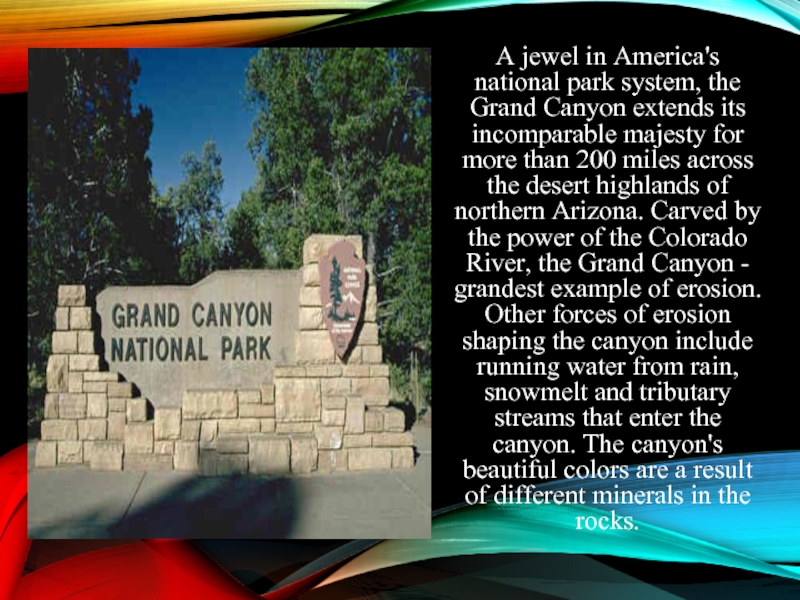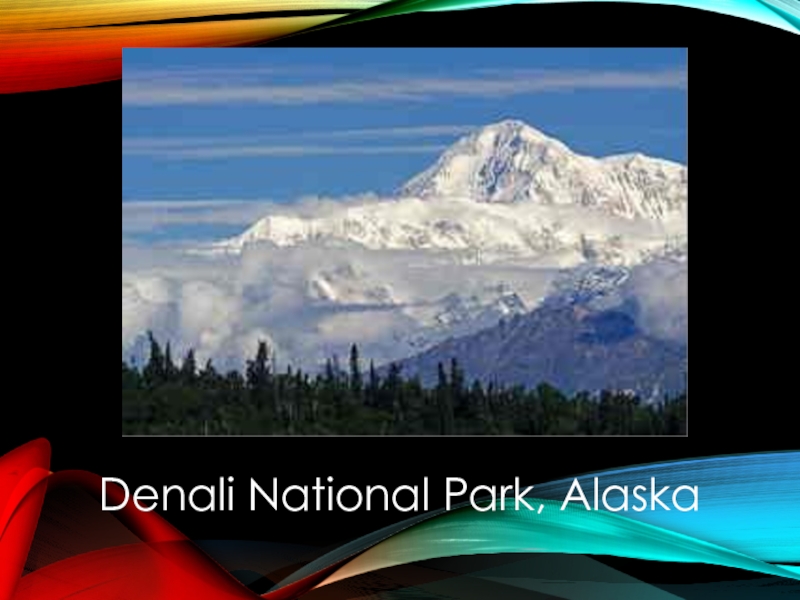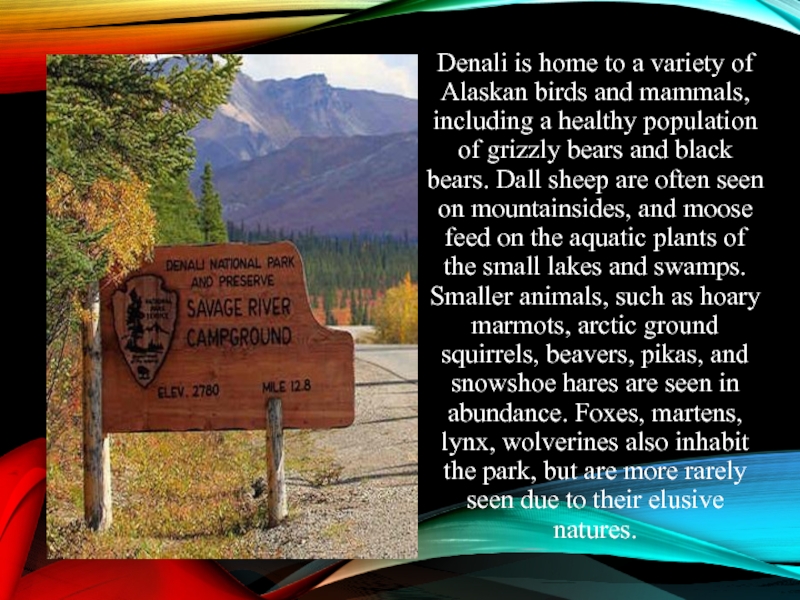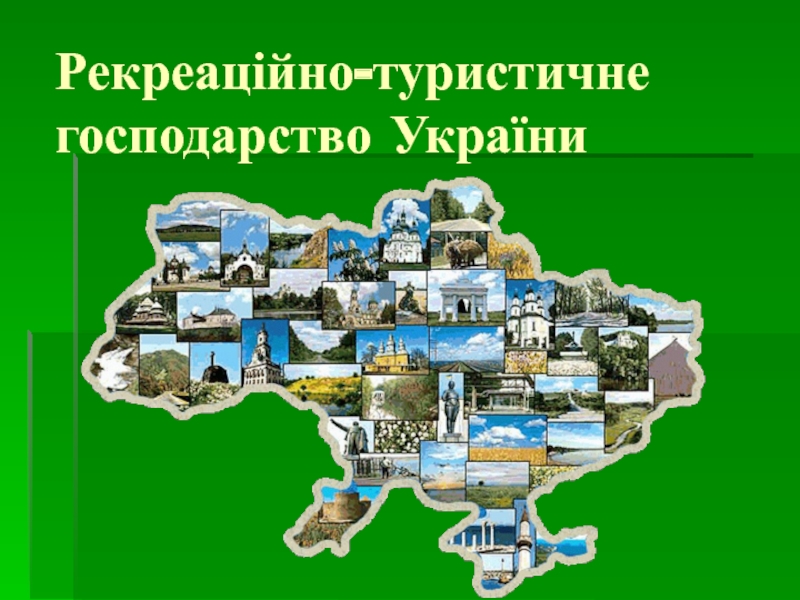of the United States
- Главная
- Разное
- Дизайн
- Бизнес и предпринимательство
- Аналитика
- Образование
- Развлечения
- Красота и здоровье
- Финансы
- Государство
- Путешествия
- Спорт
- Недвижимость
- Армия
- Графика
- Культурология
- Еда и кулинария
- Лингвистика
- Английский язык
- Астрономия
- Алгебра
- Биология
- География
- Детские презентации
- Информатика
- История
- Литература
- Маркетинг
- Математика
- Медицина
- Менеджмент
- Музыка
- МХК
- Немецкий язык
- ОБЖ
- Обществознание
- Окружающий мир
- Педагогика
- Русский язык
- Технология
- Физика
- Философия
- Химия
- Шаблоны, картинки для презентаций
- Экология
- Экономика
- Юриспруденция
National parks of the United States презентация
Содержание
- 2. The national park is especially protected
- 3. ACADIA NATIONAL PARK, MAINE План
- 4. Acadia National Park is located in
- 5. Zion National Park, Utah
- 6. Zion National Park includes mountains, canyons,
- 7. Yosemite National Park, California
- 8. Yosemite National Park, one of the
- 9. Yellowstone National Park, Wyoming
- 10. Yellowstone National Park is America's first national
- 11. Volcanoes National Park, Hawaii
- 12. Hawaii Volcanoes National Park is one
- 13. Olympic National Park, Washington
- 14. Olympic National Park is located in
- 15. Great Smoky Mountains National Park, Tennessee
- 16. Ridge upon ridge of forest straddles the
- 17. Grand Titon National Park, Wyoming
- 18. Located in northwestern Wyoming, Grand Teton National
- 19. Grand Canyon National Park, Arizona
- 20. A jewel in America's national park
- 21. Denali National Park, Alaska
- 22. Denali is home to a variety
Слайд 2
The national park is especially protected territory or water area with
preserved units both unique natural and disappearing objects.
Слайд 4
Acadia National Park is located in Maine on the rock- bound
shore of Mount Desert Island. Acadia National Park is composed of ocean, mountains, forests, streams and ponds, wetlands, meadows and beaches. The geography of Acadia National Park ranges from meadows and marshes to dense evergreen forests. Everywhere the ocean makes its presence felt, whether by sight, sound or smell.
Слайд 6
Zion National Park includes mountains, canyons, buttes, mesas, monoliths, rivers, slot
canyons, and natural arches. Massive canyon walls ascend toward a brilliant blue sky. To experience Zion, you need to walk among the towering cliffs, or challenge your courage in a small narrow canyon. These unique sandstone cliffs range in color from cream, to pink, to red. They could be described as sand castles crowning desert canyons.
Слайд 8
Yosemite National Park, one of the first wilderness parks in the
United States, is best known for its waterfalls, but within its nearly 1,200 square miles, you can find deep valleys, grand meadows, ancient giant sequoias, a vast wilderness area, and much more.
Слайд 10Yellowstone National Park is America's first national park, established by the
US Congress and signed into law by President Ulysses S. Grant on March 1, 1872, is a national park located primarily in the US state of Wyoming, though it also extends into Montana and Idaho. Yellowstone National Park spans an area of 3,468 square miles (8,980 km2), comprising lakes, canyons, rivers and mountain ranges. Yellowstone is equally known for its wildlife, such as grizzly bears, wolves, bison and wapitis.
Слайд 12
Hawaii Volcanoes National Park is one of two national parks in
America's 50th state, and one of a number of national parks dedicated to volcanism and its effects. Located about 90 miles from Hilo on the southern section of the big island of Hawaii, the park contains 229,177 acres and features two active volcanoes, volcanic craters and caldera, rain forests, wildlife including rare birds, and lush vegetation.
Слайд 14
Olympic National Park is located in the northwest corner of Washington.
This park is mostly a wilderness consisting of three ecosystems: Pacific coast, snow-capped mountains, and old-growth rainforest. Within the park's unique environment, you'll find unique fauna and flora too. There are 8 plants and 16 animals living here that live nowhere else in the world.
Слайд 16Ridge upon ridge of forest straddles the border between North Carolina
and Tennessee in Great Smoky Mountains National Park. World renowned for its diversity of plant and animal life, the beauty of its ancient mountains, and the quality of its remnants of Southern Appalachian mountain culture, this is America's most visited national park.The Smoky Mountains boast one of the densest populations of black bears in the United States
Слайд 18Located in northwestern Wyoming, Grand Teton National Park preserves a spectacular
landscape rich with majestic mountains, pristine lakes and extraordinary wildlife. The park's world-renowned scenery attracts nearly four million visitors per year.
Слайд 20
A jewel in America's national park system, the Grand Canyon extends
its incomparable majesty for more than 200 miles across the desert highlands of northern Arizona. Carved by the power of the Colorado River, the Grand Canyon - grandest example of erosion. Other forces of erosion shaping the canyon include running water from rain, snowmelt and tributary streams that enter the canyon. The canyon's beautiful colors are a result of different minerals in the rocks.
Слайд 22
Denali is home to a variety of Alaskan birds and mammals,
including a healthy population of grizzly bears and black bears. Dall sheep are often seen on mountainsides, and moose feed on the aquatic plants of the small lakes and swamps. Smaller animals, such as hoary marmots, arctic ground squirrels, beavers, pikas, and snowshoe hares are seen in abundance. Foxes, martens, lynx, wolverines also inhabit the park, but are more rarely seen due to their elusive natures.

